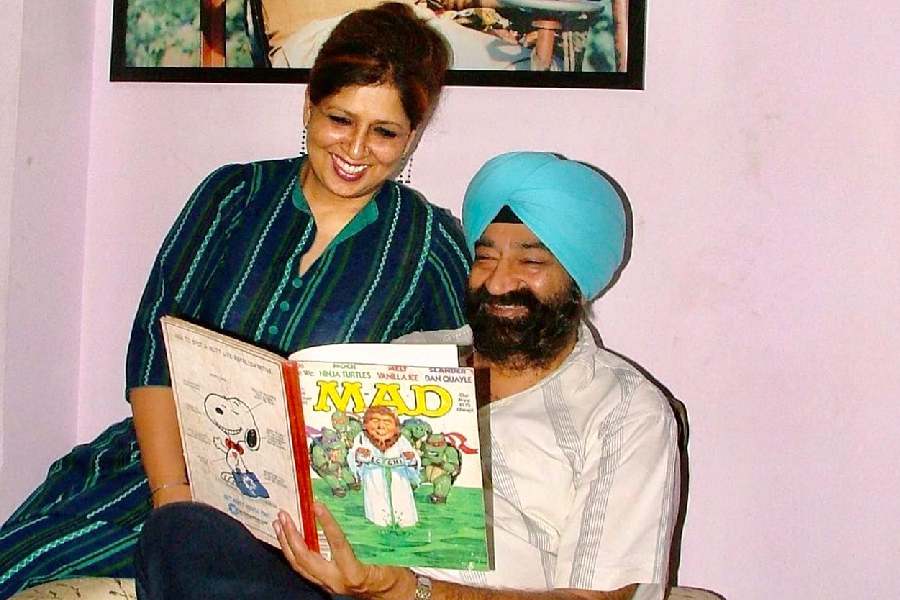|
|
| Barrie bowling |
PETER PAN’S FIRST XI: THE EXTRAORDINARY STORY OF J.M. BARRIE’S CRICKET TEAM By KEVIN TELFER, Sceptre, £16.99
James Barrie, who immortalized Peter Pan, was the rare Scotsman who was in love with cricket. In this delightful book, Kevin Telfer tells the story of this lifelong love affair and its implications for Barrie and his charmed circle. The book attempts to capture an age and its attitudes and can be enjoyed by even those who do not have a penchant for England’s summer game.
Barrie loved the countryside and hated the intrusion of industrial civilization into the rural idyll. He wanted, in Telfer’s analysis, to return to nature and find a pastoral paradise. Cricket for him was part of this paradise: “for Barrie cricket was far more than just a game, it was also a symbol of opposition to the modern urban values of dour progress, profit margins and colonial expansion.’’ Of course this was a romanticized view of cricket but this was how Barrie saw it. A part of him knew that this was a world cut off from reality: in his fiction he created Neverland. The name was not without significance.
His passion for cricket made Barrie make up a cricket team with the unlikely name of Allahakbarries that played under his captaincy in various parts of rural England. The team was originally composed of gentlemen, writers and publishers, many of whom were not exactly familiar with the game. In fact, during their first outing, some members of Barrie’s team had to be taught the rudiments of the game including which side of the bat to use. But through the years a handful of first class cricketers, like Arthur Conan Doyle (of whom Barrie said, “Grand bowler. Knows a batsman’s weakness by the colour of mud on his shoes.’’), joined Barrie’s jolly band.
Barrie himself was a left hand slow bowler. He once said that he bowled so slow that if he didn’t like the delivery, he ran after it and brought the ball back.
Telfer makes a distinction between sport and play. The latter is “all about leisure, diversion and fun with no other aim than enjoyment.’’ The matches in which Allahakbarries played were often shambolic but that was part of the fun. For the team a cricket match meant a summer’s day out in the country in brilliant sunshine, post-match parties, laughter and fun. The high noon of Allahakbarries’ cricket coincided with the Golden Age of cricket (1890-1914) — the era of glorious amateur batsmen and wonderful professional cricketers who loved to play the game. It was a generation that lost its innocence with the onset of the First World War when many of their sons, trained to run the Empire, died in the battlefields.
Barrie’s Neverland was tinged with tragedy. He believed that cricket was an idea of the gods. Cricket for him was always nostalgia, a world that was lost. Telfer evokes Barrie’s world and its values without forgetting its contradictions.











